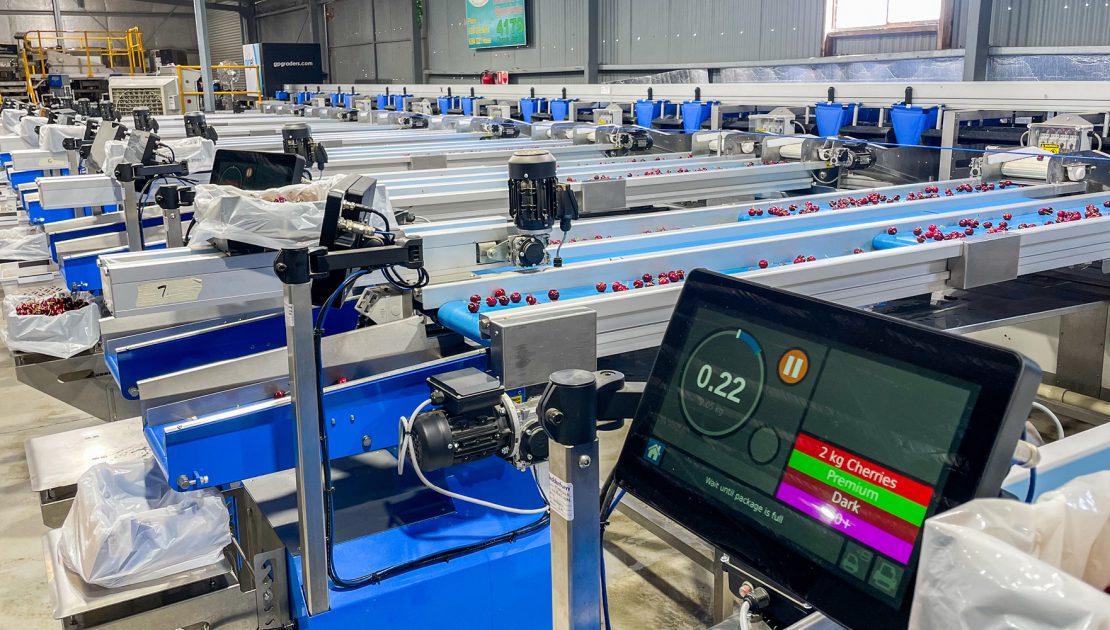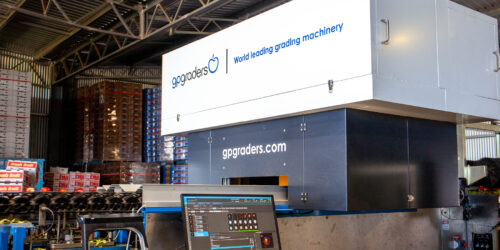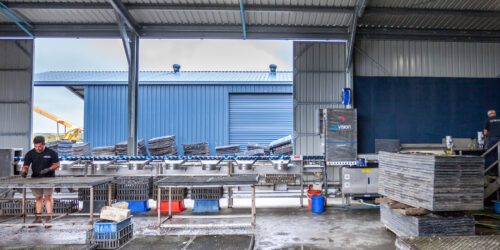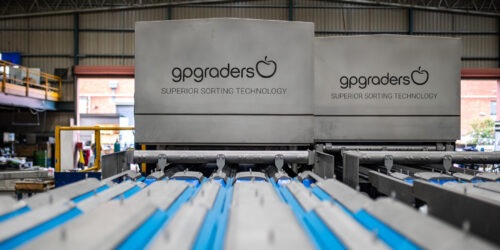We’re proud to partner with so many exceptional agricultural businesses, enhancing the overall productivity and excellence of the fresh produce industry globally.
- 28 October 2021
- gpgraders
- No Comments

Fruit Grading 101
People often think we flatten roads. That’s usually the first thing that comes to mind when we mention grading. In fact, just the other day we had a chuckle about the fact that one of the longest-standing employees took up a job here when he was 17 because he liked heavy machinery and thought road grading seemed interesting. Over 40 years on and John still hasn’t levelled any roads. There certainly has been plenty of fruit grading since then!
The confusion comes from the general meaning of the word grading. If you google it, the first result returned, talks about civil engineering and earthworks. The Mirriam-Webster has 6 meanings with 8 sub-meanings and dictionary dot com has 7 variations. It’s no wonder there’s confusion. The Cambridge Dictionary, however, has the aptest definition “the process of judging the quality of a product, substance, or organisation.”
Fruit grading is the process of assessing and sorting different classes or standards of fruit. Size, colour or even softness or defect level can all be used to define different categories. Machinery, be it electronic or mechanical then separates the defined classes by delivering specified fruit to a pre-defined exit.
The result, for example in the case of cherries, might look like this: Fruit with a defect, such as a scar or crack, is automatically sent to a waste bin exit. Lighter coloured cherries might be output to the first packing exit. The most common segmentation is for size so most packing sheds that you walk into will have their lanes splitting their cherries into size classes. 24mm cherries might be sent down exit belt 3, 30mm cherries down exit belt 6 or whatever arrangement works best for that specific pack-house.
Whilst this is entirely a hypothetical scenario because each pack-house has its own unique parameters to which product is packed, the beauty of the GP Graders machinery with gpVision™ is that ultimately, the options are almost limitless.
So what does all this product separation mean for growers? Well, it’s quite simple really. Higher quality fruit commands a higher price. Larger fruit, commands a higher price. And seconds fruit might be sellable to a different market rather than just going to waste if it’s consistent and free from major defects. Essentially, rather than having a flat price for your cherries, you can increase revenue and profits by selling your best fruit at the best price.
The other major benefit to this segmentation is that it opens up access to markets not previously possible with ungraded fruit. Export markets, for example, demand only the most premium fruit and being able to keep this promise is key to success.
The final benefit to having well-sorted fruit is; the greater the pack consistency, the longer the fruit stays fresh. It’s been discovered that fruit of similar ripeness packaged together, increases shelf life. Couple this with the absence of any defected fruit from the pack, which can affect the other fruit in the pack, and you’re able to promise a quality product to your buyers with a great deal of confidence.
Most fruits these days, are graded to some degree, be it manually, mechanically or electronically. The cherry industry is one of the most sophisticated with the majority of cherries packed being electronically graded and having been done so for the last 20 years. Blueberry growers and packers, up until only the last few years, have packed a mixed grade and taken only average market prices, however electronic vision grading is on the rise as the world’s enthusiasm for the little super berries continues to grow. Stone fruits have traditionally been graded for size and weight however defect detection using electronic vision systems will become a major feature in the near future. And small tomato growers are beginning to implement electronic vision grading systems to maximise the quality of cherry and grape tomatoes landing in punnets.
GP Graders has been grading and sorting fruit for nearly 60 years. Our focus on small fruit grading ensures we have the expert knowledge to improve pack-house operations and a vast list of satisfied, long-standing customers is a testament to the success we’ve created with our partners.



